Are you tired of the same old dog breeds and looking for something unique and fascinating? Look no further than the Deutscher Wachtelhund.
This extraordinary breed combines the grace of a spaniel with the hunting prowess of a natural-born trail seeker. With their adorable appearance and friendly nature, these dogs have captured the hearts of many.
But there's more to discover about the Deutscher Wachtelhund. From their rich history to their specific care needs, there's a wealth of information waiting for you to explore.
So, why wait? Embark on a journey to uncover the pictures, characteristics, and facts about the Deutscher Wachtelhund that will leave you intrigued and eager for more.
Key Takeaways
- The Deutscher Wachtelhund is a rare purebred dog from Germany, also known as the German Spaniel or German Quail Dog.
- They have a friendly and intelligent temperament, making them a versatile breed.
- Regular exercise is important for this energetic breed, as they are bred to be hunters and trail seekers.
- Proper care and maintenance, including regular veterinary checkups and grooming, are necessary for their overall health.
Origin and History
The origin and history of the Deutscher Wachtelhund breed can be traced back to German hunters who sought to recreate a versatile hunting breed known as the Stoeberer. These hunters discovered remnants of the Stoeberer breed in Bavaria and began breeding them with other sporting Spaniels. Through careful and selective breeding, the Wachtelhund, or quail dog, was born.
This breed was officially recognized as its own pure breed in 1903. The Deutscher Wachtelhund is known for its excellent tracking abilities, which are comparable to those of a Bloodhound. Its history is rooted in the hunting traditions of Germany, and it continues to be prized for its versatility and skill in the field.
Appearance and Coat
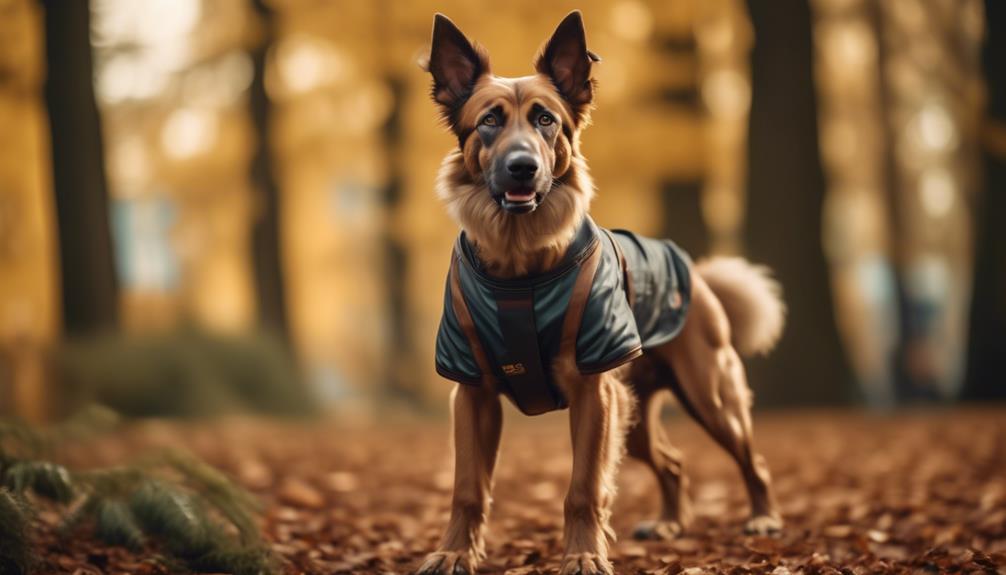
With regards to the appearance and coat of the Deutscher Wachtelhund breed, their medium-sized bodies are complemented by a distinctive coat that's both functional and aesthetically pleasing. The overall coat is medium in length, thick, and somewhat harsh to the touch. It can be wavy or curly, with feathering around the legs and tail.
The coat comes in two variations: solid brown or brown schimmel, which is red to dark with white patches. The undercoat is slightly softer than the topcoat. Regular brushing is necessary to avoid matting and heavy shedding, so it's recommended to brush their coats at least once a week.
The Deutscher Wachtelhund's appearance and coat contribute to their charm and versatility as a hunting dog.
Temperament and Personality
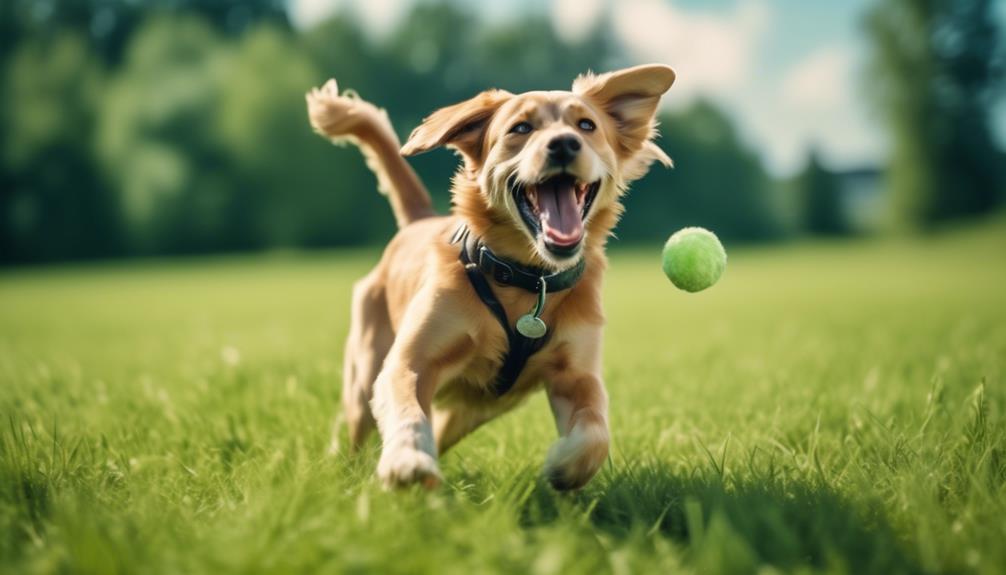
To understand the Deutscher Wachtelhund's temperament and personality, it's important to delve into their unique characteristics as a hunting breed. These dogs are known for being friendly, intelligent, and versatile. They've a medium to large size and are very sociable and relaxed at home.
The Deutscher Wachtelhund is generally friendly towards everyone but may bark at strangers. They can get attached to their families and may experience separation anxiety if left alone for too long. Early socialization is important for them to interact smoothly with other animals.
With their strong prey drive, it's advisable to keep smaller pets away or in kennels. Overall, the Deutscher Wachtelhund is an energetic and loving breed that thrives in an active and outdoorsy lifestyle.
Health and Common Issues
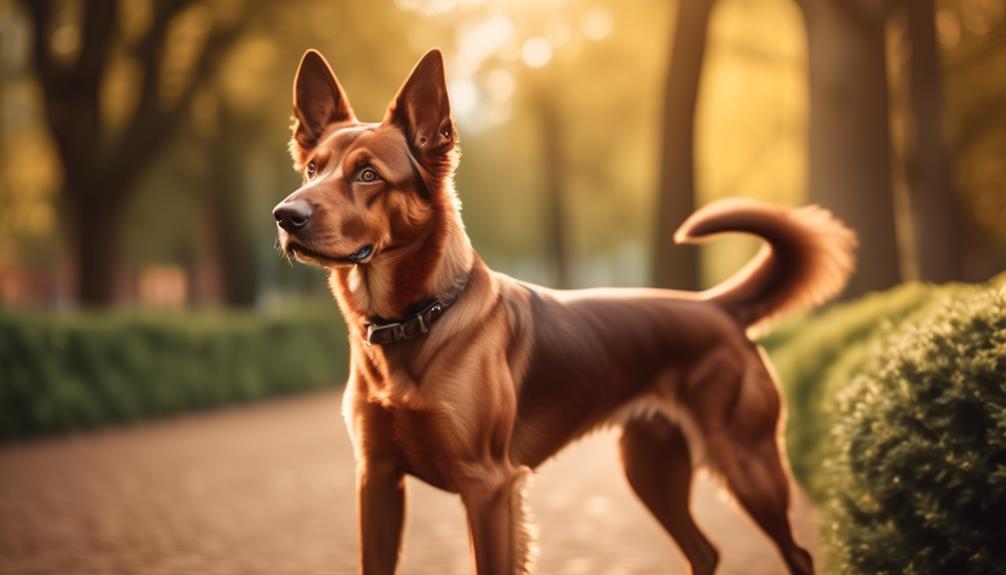
When it comes to the health of the Deutscher Wachtelhund, there are certain common issues that potential owners should be aware of. Regular veterinary checkups are important to detect any health concerns early and ensure overall health. Good care and maintenance, including proper exercise and grooming, are necessary to keep your Deutscher Wachtelhund in the best health possible. Remember to consult with a veterinarian for specific care recommendations for this breed.
Here are some of the health concerns that this breed may be prone to:
- Orthopedic Issues:
- Splayed feet
- Crooked legs
- Allergies and Skin Problems:
- Allergies
- Ear infections
- Skin problems
It is important to note that while these issues may occur in the breed, not all Deutscher Wachtelhunds will experience them.
Grooming and Maintenance
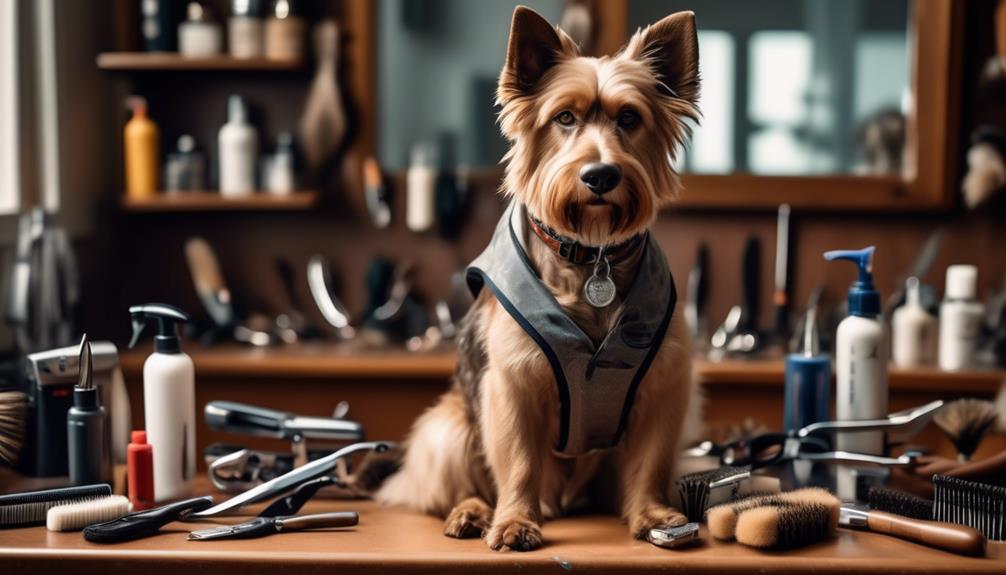
As you focus on the grooming and maintenance of your Deutscher Wachtelhund, it's crucial to pay attention to their coat and overall well-being.
The Deutscher Wachtelhund has a medium-length, thick coat that can be wavy or curly, with feathering around the legs and tail. Their coat should be brushed at least once a week to avoid matting and heavy shedding.
Additionally, daily ear cleaning and debris inspection are necessary to prevent infections. Regular nail trimming is important to avoid overgrowth, and daily teeth brushing is essential for maintaining good oral health.
Stick to a regular feeding schedule and limit the number of treats given to prevent weight gain.
Exercise and Activity Level
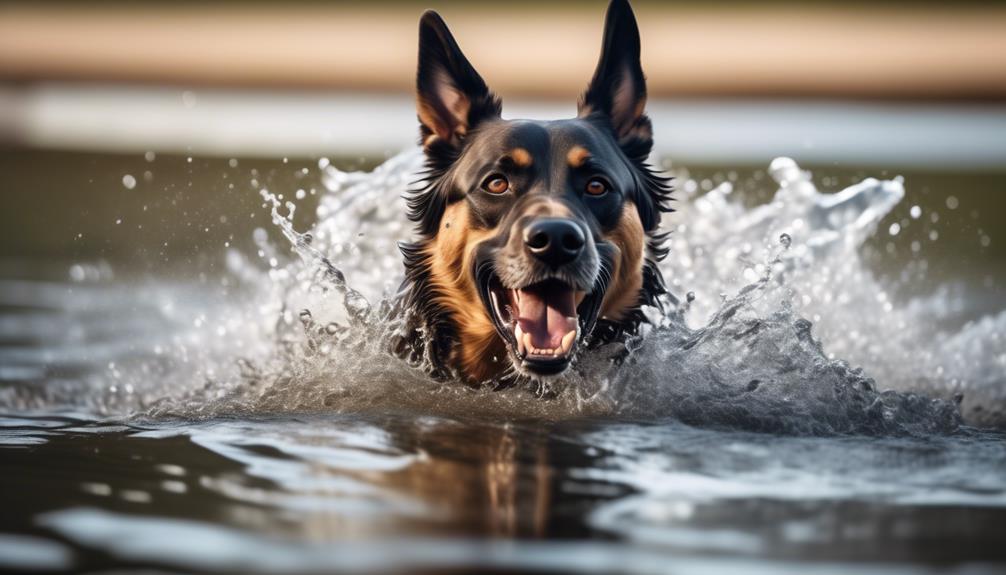
The Deutscher Wachtelhund is an energetic and active breed that requires regular exercise to stay happy and healthy. Here are some important points to consider regarding their exercise and activity level:
- Exercise Needs:
- They're high-energy dogs that need a significant amount of exercise and mental stimulation.
- They love jumping, playing, and investigating new sights and smells.
- Lifestyle Considerations:
- When choosing a breed, consider your own activity level and lifestyle.
- Vigorous dogs may not be the best fit for homes with young kids or elderly individuals.
- Training and Behavioral Needs:
- Dogs with high intensity levels require training and structured exercise.
- Lack of exercise can lead to weight gain and unwanted behaviors like barking and chewing.
- Playfulness:
- Some Wachtelhunds are perpetual puppies, always ready to play games like fetch or tag.
- Consider the playfulness level of the breed when choosing a dog.
Remember that providing regular exercise for your Deutscher Wachtelhund is essential for their physical and mental well-being.
Living Environment and Adaptability
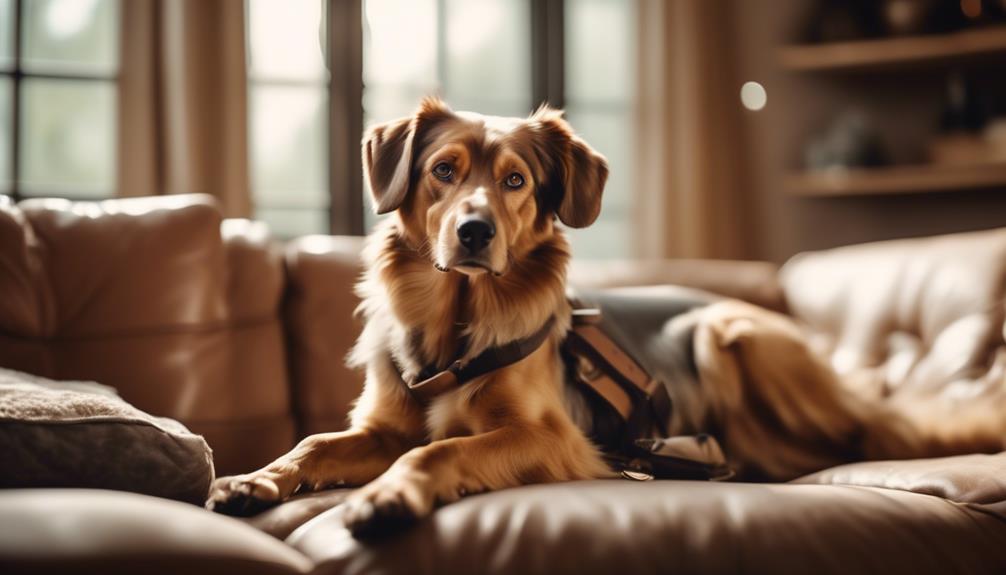
Living with a Deutscher Wachtelhund is best suited for those who can provide a rural or countryside living environment. This breed thrives in a spacious setting where they have plenty of room to roam and explore. While they can adapt to apartment living, they are happiest when they have access to a large yard or open space. To provide a visual representation of the Deutscher Wachtelhund's living environment and adaptability, here is a table:
| Living Environment | Adaptability |
|---|---|
| Rural or countryside | High |
| Apartment living | Moderate |
| Spacious setting | Ideal |
It's important to note that Deutscher Wachtelhunds can experience separation anxiety if left alone for extended periods. They are energetic and capable dogs that love unconditionally, making them well-suited for an active lifestyle in a rural or countryside setting.
Training and Socialization
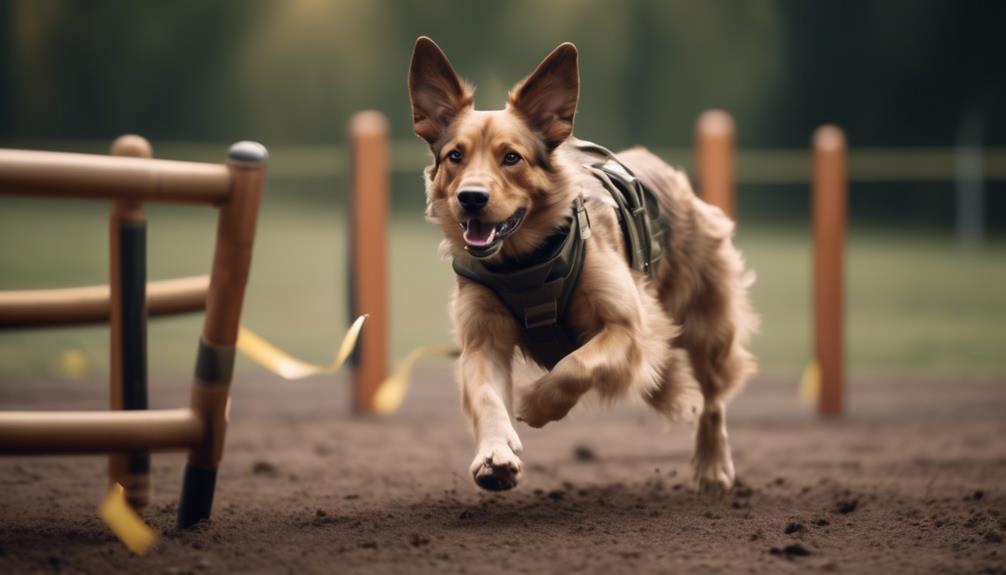
Training and socialization are essential aspects of owning a Deutscher Wachtelhund, ensuring that they become well-behaved and confident members of the family. Here are some key points to consider:
Training:
- Begin training early to establish boundaries and rules.
- Use positive reinforcement techniques such as treats and praise.
- Be consistent in your training methods and expectations.
- Focus on commands like sit, stay, and come, as well as leash training.
- Consider enrolling in obedience classes for additional guidance.
Socialization:
- Expose your Deutscher Wachtelhund to different people, animals, and environments from a young age.
- Arrange playdates with other dogs to encourage positive interactions.
- Take them to various places such as parks, pet-friendly stores, and busy streets.
- Monitor their behavior and provide positive reinforcement for good social skills.
- Address any fear or aggression issues promptly and seek professional help if needed.
Compatibility With Children and Pets
When it comes to compatibility with children and pets, the Deutscher Wachtelhund is a friendly and adaptable breed. They can handle playing with children of all ages, but they may be more appropriate for older kids or adults due to their size.
They can also get along with other pets if introduced slowly and calmly. Early socialization is important for smooth interactions with other animals. However, it's worth noting that the Deutscher Wachtelhund may have a strong prey drive, so smaller pets may need to be kept away or in kennels.
Size and Weight
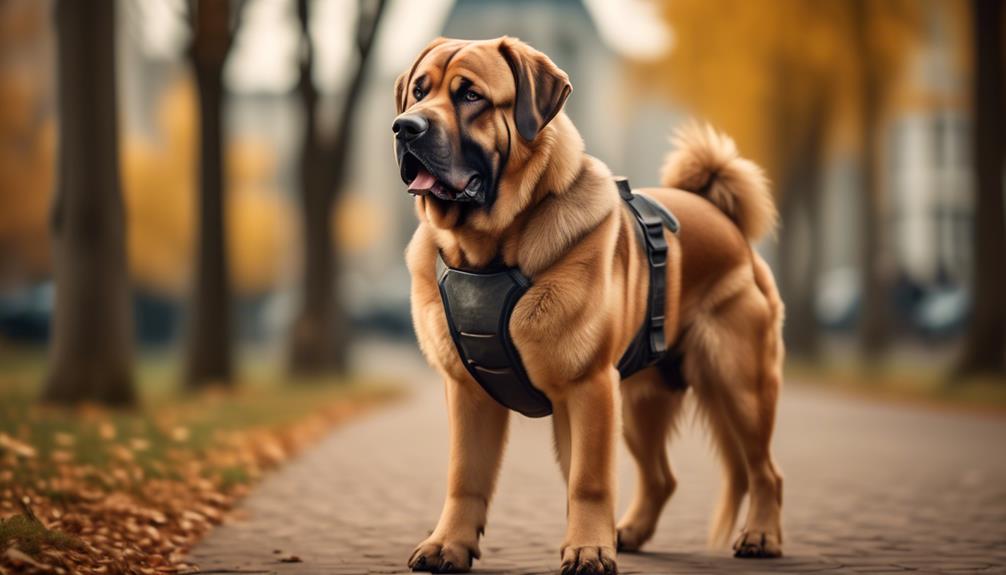
The Deutscher Wachtelhund is a medium to large-sized dog breed that's known for its friendly and sociable nature. When it comes to size and weight, here are some important details to note:
- Size:
- The Deutscher Wachtelhund is classified as a medium to large-sized breed.
- Males typically stand between 19.5 to 22.5 inches (50 to 57 cm) tall at the shoulder.
- Females are slightly smaller, ranging from 18.5 to 21 inches (47 to 53 cm) in height.
- They've a sturdy and well-proportioned build, which contributes to their overall athleticism.
- Weight:
- The weight of a Deutscher Wachtelhund can vary depending on factors such as gender and individual genetics.
- Adult males generally weigh between 44 to 66 pounds (20 to 30 kg).
- Adult females typically weigh slightly less, ranging from 35 to 55 pounds (16 to 25 kg).
- It's important to note that maintaining a healthy weight is crucial for their overall well-being and longevity. Regular exercise and a balanced diet are key to keeping them fit and active.
Energy Level and Exercise Needs
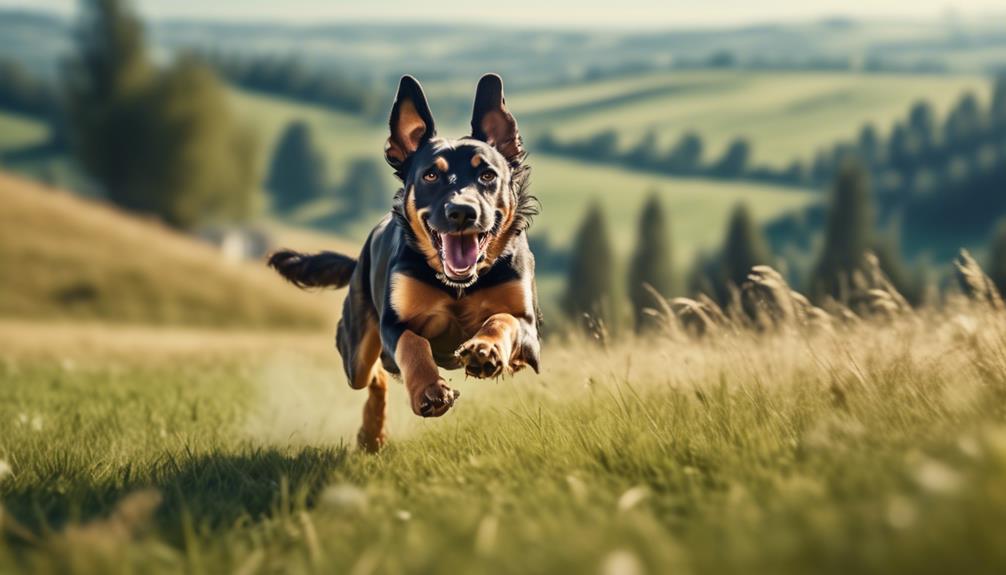
To ensure the overall well-being of the Deutscher Wachtelhund, it is important to understand their energy level and exercise needs. These dogs have a high energy level and require a significant amount of exercise and mental stimulation. They are always ready and waiting for action, and are more likely to spend time jumping, playing, and investigating new sights and smells. Lack of exercise can lead to weight gain and unwanted behaviors like barking, chewing, and digging. To give you a better idea of their exercise needs, here is a table outlining the recommended exercise for the Deutscher Wachtelhund:
| Exercise Level | Activity Examples |
|---|---|
| High | Long walks, running, hiking, swimming, retrieving games |
| Medium | Moderate walks, playtime in the yard, interactive toys |
| Low | Short walks, indoor play, mental stimulation activities |
Considerations for Apartment Living
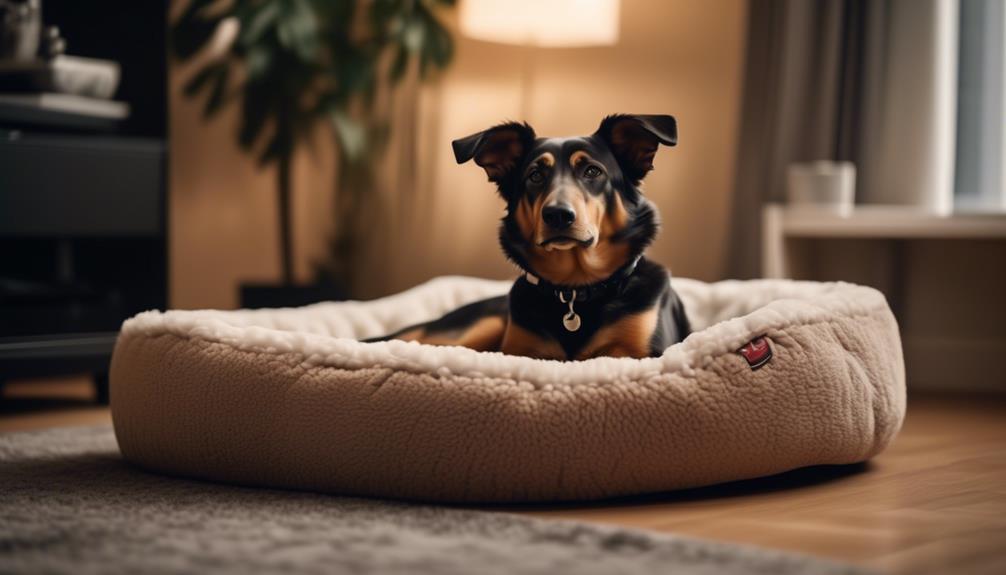
For apartment dwellers considering adding a Deutscher Wachtelhund to their family, there are several important considerations to keep in mind.
- Size isn't the only factor to consider for apartment living. Some larger breeds can adapt well to apartments with lower activity levels, while certain small breeds with high energy levels can still thrive in apartments.
- Prioritize qualities such as being quiet, low-energy, and well-behaved around neighbors to create a harmonious living environment.
- Some dogs are easier to train and more easygoing, while highly sensitive, independent, or assertive dogs may be harder for first-time owners.
- Take into account the sensitivity level of the dog, as some breeds may not tolerate being alone and can be destructive.
- Consider the climate and temperature when choosing a dog breed, as dogs with short coats and no undercoat or body fat are vulnerable to the cold, while breeds with thick, double coats are more vulnerable to overheating.
- Take necessary precautions to ensure the comfort and safety of your dog in your apartment.
Climate and Temperature Considerations
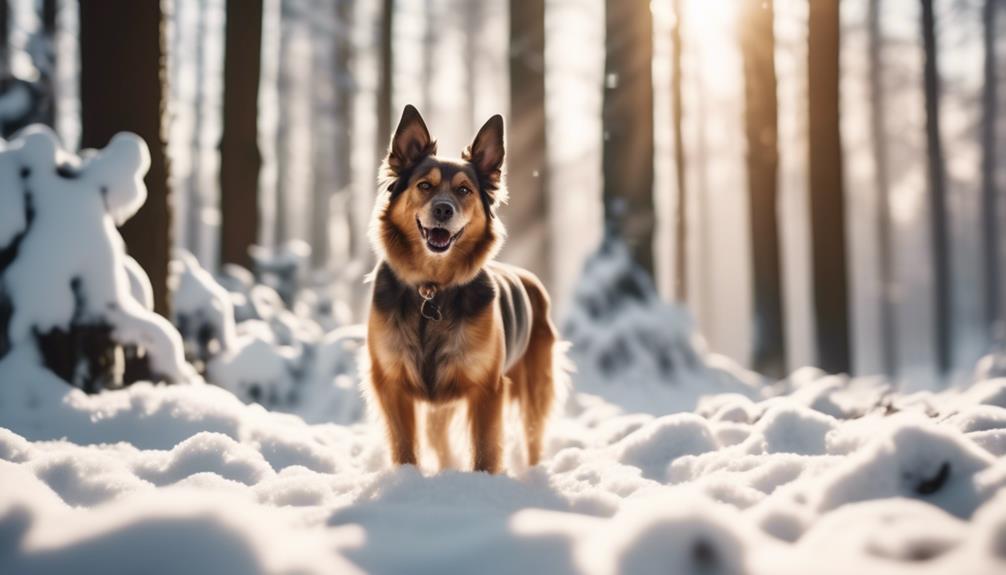
When considering the climate and temperature for your Deutscher Wachtelhund, it's important to take necessary precautions to ensure their comfort and safety. This breed has a medium-length, thick coat that can come in solid brown or brown schimmel (red to dark with white patches). While they're generally adaptable to different living environments, it's crucial to consider the climate they'll be in.
Deutscher Wachtelhunds with thick, double coats may be more vulnerable to overheating in hot weather, while those with short coats and no undercoat can be vulnerable to the cold. Additionally, dogs with short noses may struggle to cool themselves off in hot weather.
It's important to provide appropriate shelter, access to water, and monitor their activity levels in extreme temperatures to ensure their well-being.
Frequently Asked Questions
Are Deutscher Wachtelhunds Good With Cats?
Deutscher Wachtelhunds can get along with cats if introduced slowly and calmly. Early socialization is important for smooth interactions with other animals. However, due to their prey drive, it's best to keep smaller pets away or in kennels.
How Often Should I Brush a Deutscher Wachtelhund's Coat?
You should brush a Deutscher Wachtelhund's coat at least once a week to avoid matting and heavy shedding. Regular brushing is necessary for their medium-length, thick, and somewhat harsh coat.
Do Deutscher Wachtelhunds Make Good Guard Dogs?
Deutscher Wachtelhunds are friendly and intelligent, but they may not make the best guard dogs. While they may bark at strangers, they are generally sociable and relaxed at home.
Can Deutscher Wachtelhunds Be Left Alone for Long Periods of Time?
Yes, Deutscher Wachtelhunds can be left alone for long periods of time, but they may experience separation anxiety. It's important to gradually increase their alone time and provide them with mental stimulation to prevent boredom and destructive behavior.
Are Deutscher Wachtelhunds Prone to Separation Anxiety?
Yes, Deutscher Wachtelhunds are prone to separation anxiety. They can get attached to their families and may experience distress when left alone for long periods of time. Proper care and attention should be given to address this issue.
What Are the Similarities and Differences Between Deutscher Wachtelhund and Danish-Swedish Farmdog Breeds?
The Deutscher Wachtelhund and Danish-Swedish Farmdog breeds share certain danishswedish farmdog breed characteristics. Both are versatile hunting dogs, yet they differ in appearance and origin. The Wachtelhund hails from Germany, known for its strong retrieving skills and distinctive coat colors. Meanwhile, the Farmdog, originating from Denmark and Sweden, boasts a compact size and exceptional ratting abilities.
Conclusion
Now that you've learned about the Deutscher Wachtelhund's characteristics, history, and care needs, you're well-equipped to make an informed decision about adding this furry companion to your life.
With their adorable appearance, friendly nature, and versatile skills, they're sure to bring joy and excitement to your household.
So, if you're ready for a loyal and adventurous companion, the Deutscher Wachtelhund might just be the perfect breed for you.




